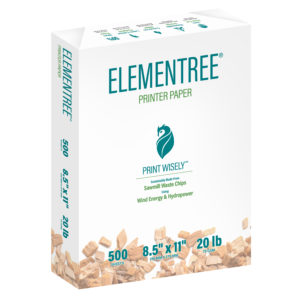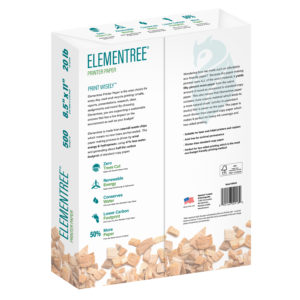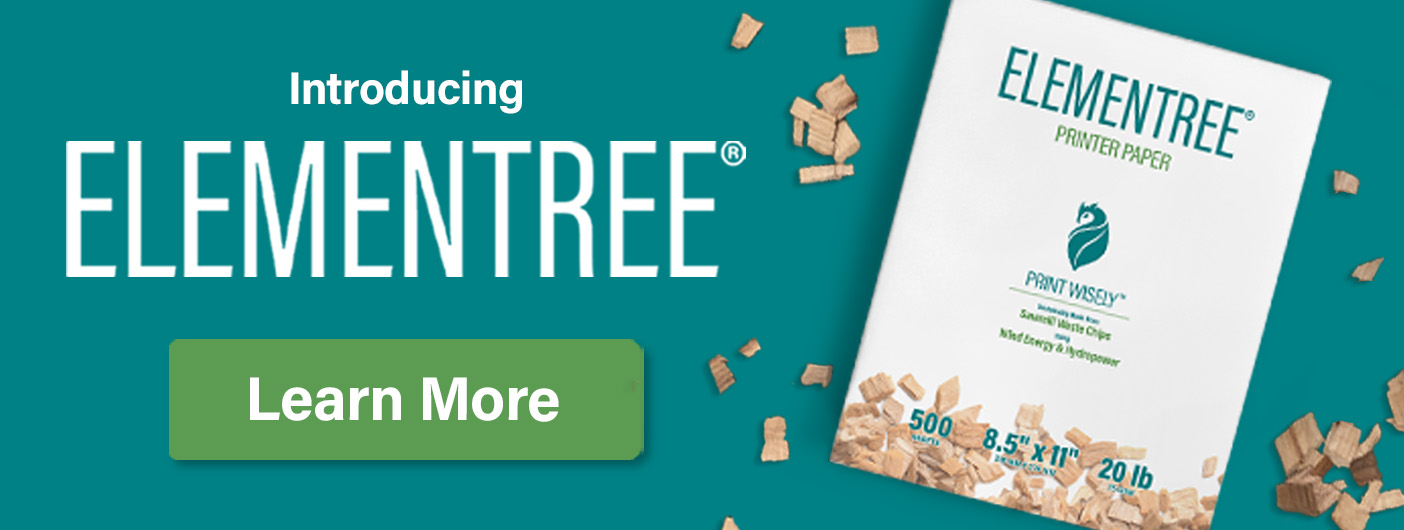National Forest Products Week

We are celebrating National Forest Products Week (October 17-23, 2021) with some great resources to help you learn more about forests, the products made from them, and how through sustainable forestry the use of forest products can benefit the environment!
What is National Forest Products Week?
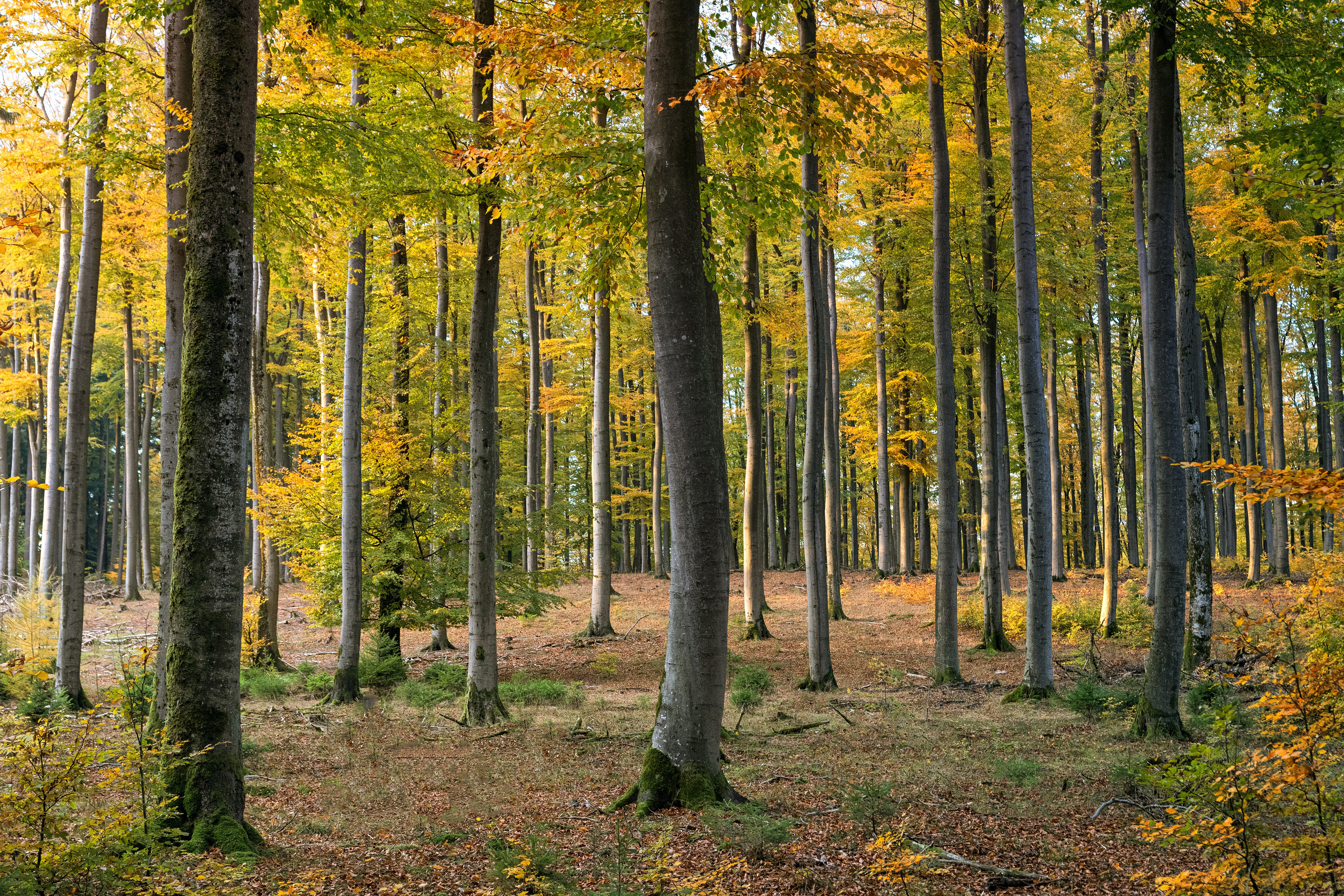
Back in 1960, President Dwight D. Eisenhower made a proclamation that one week every year, starting on the third Sunday of October, would be designated as National Forest Products Week.
This week has helped to highlight the important role of forests in our lives. Forest products are all around us. They’re the homes we live in, the pages of books, the packaging our food comes in – and so much more! Forest products stimulate the economy, create U.S. jobs, and improve our everyday lives.
For these reasons, National Forest Products Week also helps us remember that proper stewardship of our nation’s forests is vital. Our forests do so much for us, so we should return the favor by doing all we can to take care of them!
Types of Forest Products
Of course when we think of forest products, our first thought is paper, lumber, or cardboard boxes. But different parts of trees can be used to make all sorts of products that you may not have thought about! For example, syrup is a forest product because it’s made from tree sap! Did you know that cellulose from trees can help make ice cream creamier, or make lipstick smooth and easy to apply? You can also find gum from trees in crayons and candles!
There are lots of other products that you may be surprised to see! Check out these resources from KET Education and Wisconsin County Forests Association to learn more!
America’s Forests
Now that you know how many different types of everyday items are actually forest products, you can see just how important forests are! They make life easier by providing us with all these useful products. And beyond all of that, forests provide fresh drinking water to millions of Americans. Forests are also home to a wide variety of wildlife and plant species. And on the fun side of things, we get to enjoy all sorts of recreational activities in forests, like hiking, camping, and more!
While forests provide all these benefits, they do have their challenges to face. Wildfire, insects, disease, invasive species, and more pose major threats to the health of forests. This interactive guide from The State of America’s Forests gives a great overview of benefits, challenges, and stewardship of America’s forests.
Forest Products Modernization
While forests face the challenges of invasive species, insects, wildfire and disease, tree harvesting is one type of management treatment that plays an important role in restoration efforts. Some ways this can benefit forests is by removing diseased or decaying trees that could infect other healthy trees, or thinning out trees to help prevent wildfires from spreading. The trees harvested during these treatments are often used to create forest products!
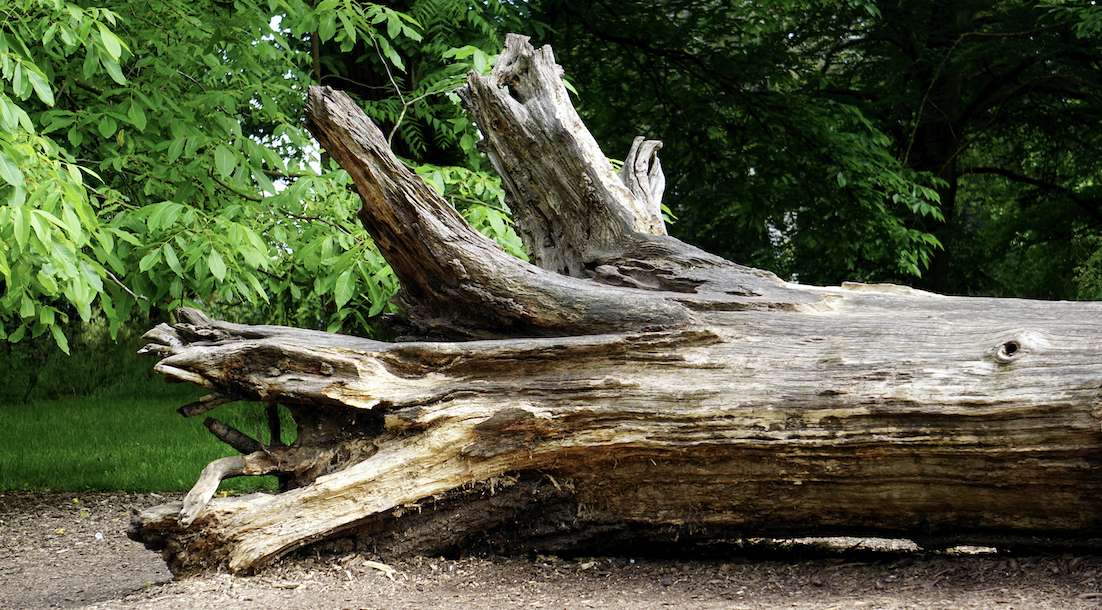
Forest Products Modernization, as defined by the U.S. Department of Agriculture Forest Service, is working toward more innovative and efficient ways of delivering forest products. As forest conditions, technology, and stewardship ideals change over time, the way forests are managed must also change and continue to be improved upon. You can learn more here!
Working Forests
Forests provide us with one of the most renewable resources the planet has to offer – trees! The goal of a working forest is to utilize these natural resources to create various types forest products (like the ones mentioned above). Among these benefits, working forests also create millions of jobs here in the United States!
Through responsible forest management, a cycle of harvesting and regrowth means that there are always trees growing! When mature trees are ready to be removed for use, young trees are already growing to replace them.
Watch the video below to learn more about how a working forest is maintained:
Use this interactive map from the National Alliance of Forest Owners to learn more about privately owned working forests across the United States!
What about Deforestation?
Do forest products contribute to deforestation? It is first important to understand what the term “deforestation” actually means. The Food and Agriculture Organization of the United Nations defines deforestation as “a non-temporary change of land use from forest to other land use or depletion of forest crown cover to less than 10 percent. Clear cuts (even with stump removal) if shortly followed by reforestation for forestry purposes are not considered deforestation.”
A “non-temporary change of land use” could describe a situation such as an area of trees being cut down to create a clear, grassy plot of land for cows to graze. Or to create space for housing development. That is deforestation, because the change is permanent and the trees are not replaced with new tree growth.
On the other hand, when large areas of forests are cut down to make forest products (clear-cutting), it is not considered deforestation if the trees are replanted like they are in a working forest. (Watch the video below to learn how clear-cutting can actually be beneficial). This means that forest products do not contribute to deforestation when they come from a responsibly managed forest.
How can you be sure the products you are using are from responsibly managed forests? There are many people who are devoted to the stewardship of the world’s forests and preventing deforestation. Organizations like the Sustainable Forestry Initiative and the Forest Stewardship Council consider future generations, and what sort of impact today’s decisions will have on them. They ensure that forests are being managed in a responsible and sustainable way that protects plants and wildlife. They also assist companies (like us!) in creating certified sustainable products. Checking for these certifications when shopping is a great way to support sustainable forestry! You can use resources like the FSC website that allow you to browse through and shop certified products.
Elementree
Elementree Printer Paper is a forest product – and a very unique one at that! The process of making our paper is different because no new trees are harvested to make it. The trees that are harvested from sustainably managed forests are used to create other types of products, but instead of letting the wood chips from the sawmill go to waste, they are collected and brought to the mill. Here, they undergo a special process that softens and separates the fibers in the wood chips. This process uses more of the wood fiber, thus yielding more paper per ton of wood. In the end, you have your final copy paper product – sustainably sourced, sustainably made, and ready for your everyday printing and copying needs!
